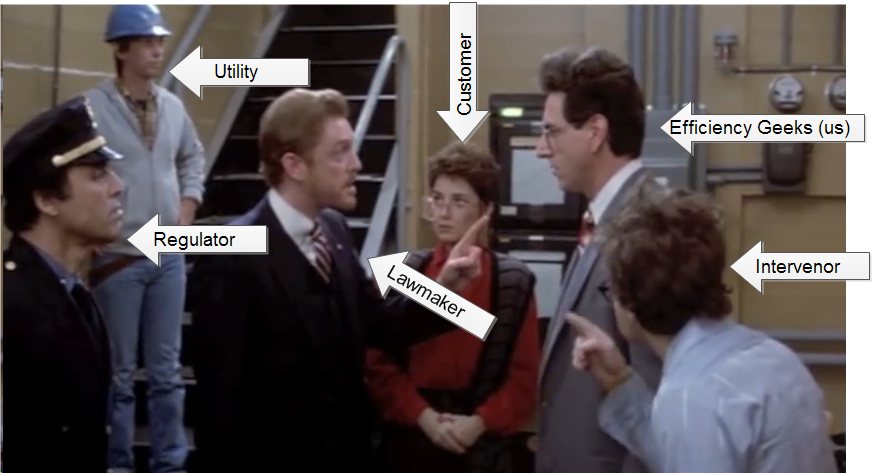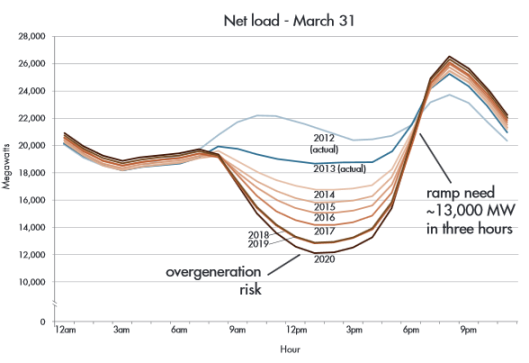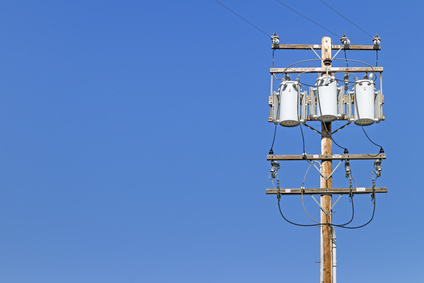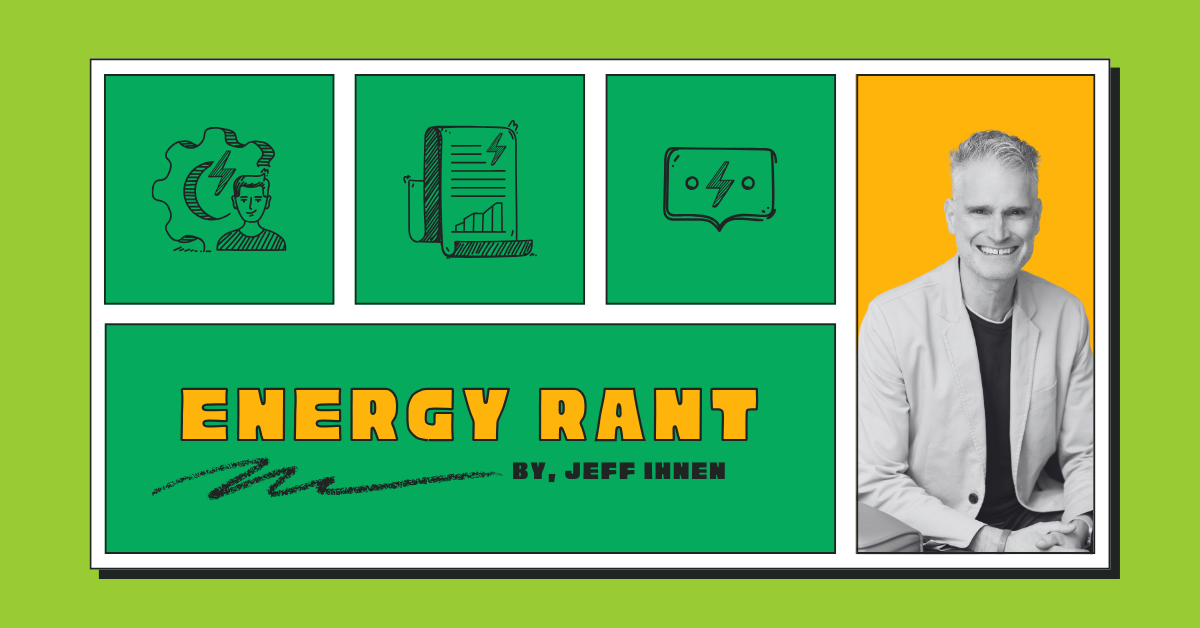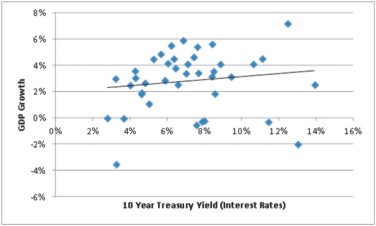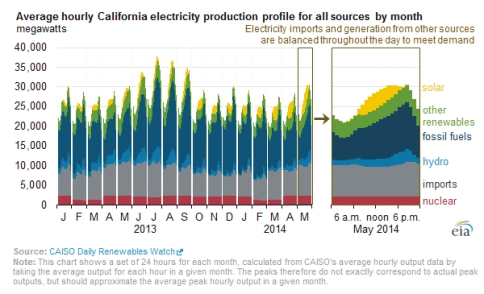
As we march along with the nation’s rather massive build-out of renewable energy resources, questions emerge for how to fill the gaps when the sun sets and the wind stops blowing – i.e., when it’s nice to be outdoors, especially in the summer. So there you have it – turn off the lights, grab a drink and go out on the deck to hang out with your friends and family. Now there is a behavior program to get behind! Patent underway. Unfortunately, the discussion is focused on energy storage rather than “quality time”, a term that predates “work-life balance”. Once…
Read More

